Ridovac are one of the most common in our latitudes and at the same time one of the most mysterious mushrooms that even experienced mushroom pickers often bypass. This is due to the fact that among the ranks there are many inedible and even poisonous species that are very easy to confuse. But a tasty and healthy mushroom gray row can be collected, and distinguishing it is not so difficult, focusing on a photo and a detailed description.
Content
Characteristic features of the species
The gray duckweed does not seem to be very noticeable mushroom, but its taste qualities are not inferior to the recognized forest delicacies.
Appearance and photo
Due to its color, it has synonymous names in popular use: earwax, mouse, mouse. The gray mushroom looks different in different ways, depending on its ripening period, but the saturated gray color of the cap is a characteristic feature of this species.
Having broken the hat, you can hear a crunch if the mushroom is still young, and you can find a cracked fibrous structure in older representatives of the species. Turning over the cap, the mushroom picker will see a finely fibrous white or greenish inner part on a thin leg.
In wet weather, the surface of the fungus is covered with a sticky layer to which needles, leaves and moss often adhere. It does not grow alone, but forms entire rows that are easy to detect.
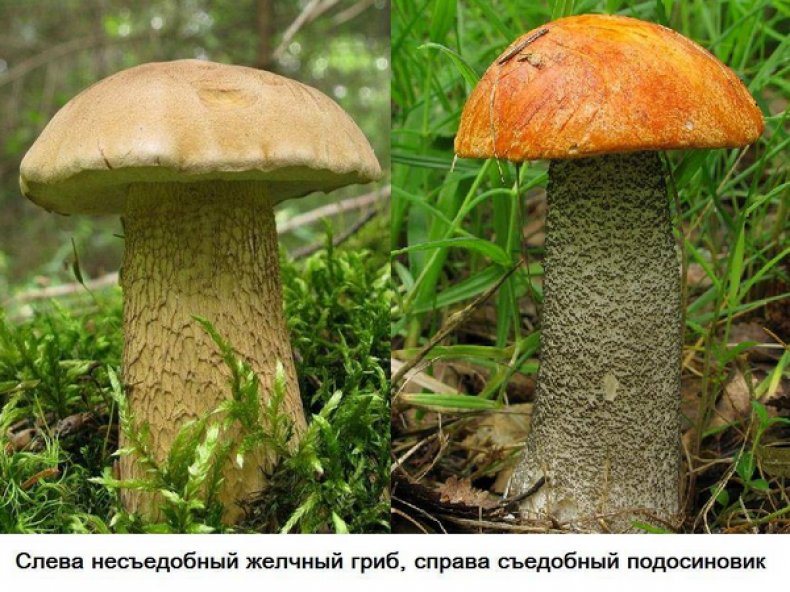 You may be interested in:
You may be interested in:Species differences, structure
The Latin name of the gray row is Tricholoma terreum. Belongs to the species of fungi Tricholoma, department - Basiomycetes of the Ordinary family. It features the following structural features:
- The young fruit has a bell-shaped hat (cone-shaped, cylindrical), which straightens and becomes flat simultaneously with ripening.
- The hat is usually in diameter reaches 7-15 cm, it is quite fragile, which increases with aging. The old mushroom wraps the tips of the hat up, and it begins to crack.
- The appearance of white powder in cracks is characteristic. The dark gray surface is painted with shades of purple and olive. Plates are white. If the seroshka is old, then they acquire a soapy structure and a greenish tint.
- The rowing leg is straight, slightly expanded at the base, with a diameter of up to 2.5 cm, grows deeply. Inside, it is loose, with hard fibers, acquires a pinkish tint, which turns yellow with aging.
Mushrooms grow on flat areas and reach a height of 15 cm, so finding them is not difficult.
Habitat
Gray rowaceae prefers to grow in coniferous forests, but is also found in deciduous conifers. This species grows in the northern hemisphere of the planet and it is easy to find in Canada, North America, northern European countries, as well as most regions of Russia.
The Sub-Fodder is another popular name obtained due to the choice of location and the formation of mycorrhiza with pine trees on sandy soils. Prefers to find a place under the moss, deciduous coniferous trees. It can grow alone, but most often it is located in whole rows and the so-called "witch circles".
The ripening period is autumn.Serushka grows almost all autumn, but most of the mushrooms appear in late September and mid-October, although in the frosty November forest you can also find them in small numbers.
Edible or inedible
The family of rows consists of more than 100 different species, but not all of them can be eaten without harm to health.
Terms and conditions of collection
Since the collection period of this species is quite large, you can go on a quiet hunt from mid-August to the end of November. The main rule of the collection will be to determine the edibility of the fungus, which is put in the basket.
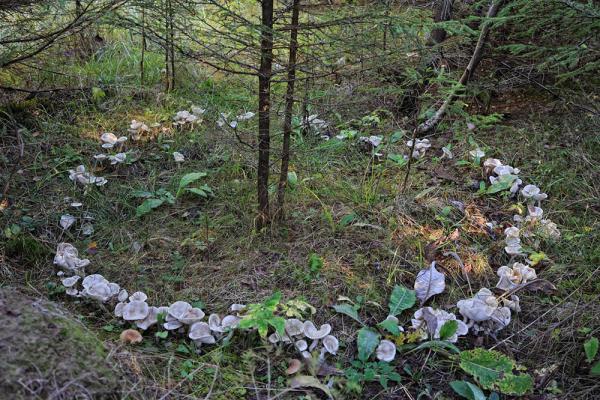
Tricholomas love to grow in symbiosis with pine tree species, so you should look for them in such places. It is better to do this in dry weather to get rid of oily caps. The legs of the rows grow deeply, so cutting them without injuring the tuber is not difficult.
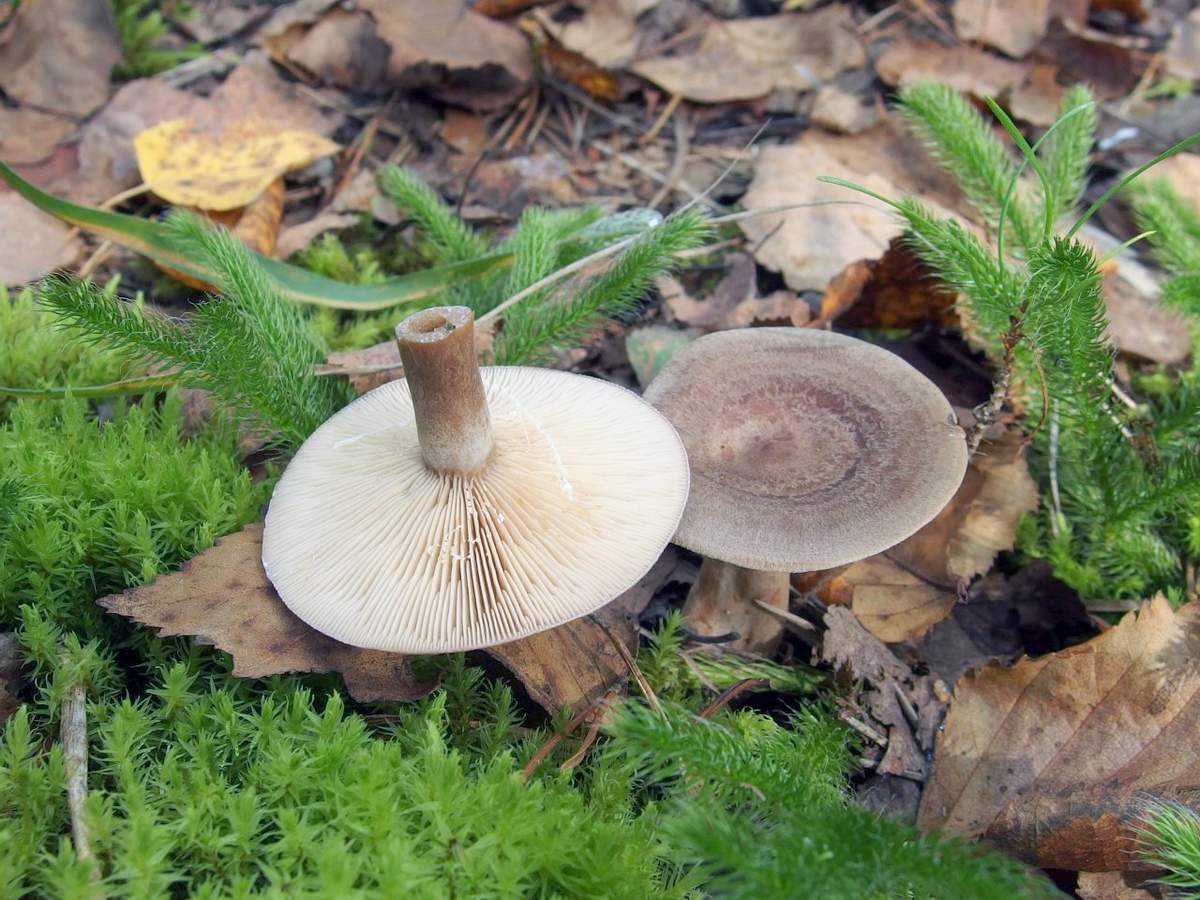 You may be interested in:
You may be interested in:You should not take old mushrooms that have already begun to crumble, because neither the legs nor the caps will bring pleasure in the process of their preparation and consumption. Since rowers prefer to grow in whole families, then finding one such group, you can easily collect half a basket of prey.
Difference from false inedible mushrooms
The most important thing in collecting earrings is to distinguish edible from toxic, because an error can be fraught with serious consequences for a person. There are several basic signs by which you can distinguish an edible gray row from a false one:
- The poisonous fruit has a pointed hat, which has a pronounced bulge in the center.

False Gray - The false seroshka has a sharp soapy smell, palpable when the hat is broken. An edible mouse will have a pleasant smell inherent in all mushrooms.
- Edible earrings are usually arranged in groups, doubles - one by one.
The pulp and plates of a non-toxic mushroom will have a yellowish color, which will also help to make sure that the choice is correct. The dangerous fruit has a gray-white flesh.
Useful properties and restrictions for use
The rowers have a unique composition and a number of useful properties:
- antibacterial;
- immunomodulatory;
- anti-inflammatory;
- antioxidant.
Thanks to such useful features, their enzymes are used for the manufacture of antibiotics and drugs aimed at combating tubercle bacillus. In addition, they contain vitamins of groups B, PP, A, C. Mushrooms are indicated for use by people in need of dietary nutrition and suffering from diabetes.
There is no harm from taking gray rows if poisonous species were not collected together with edible ones. But from their use, you should still refrain from people with problems of the gastrointestinal tract, young children and those who have individual intolerance to this product.
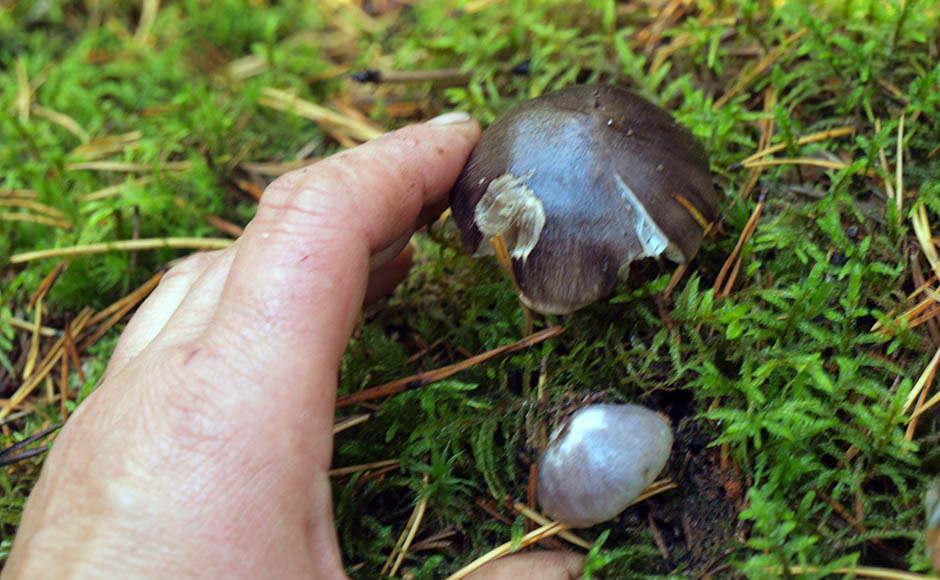
Do not eat tricholomas growing along the tracks, near large enterprises and objects that pollute the environment. The peculiarity of mushrooms is that they absorb harmful substances and can harm human health.
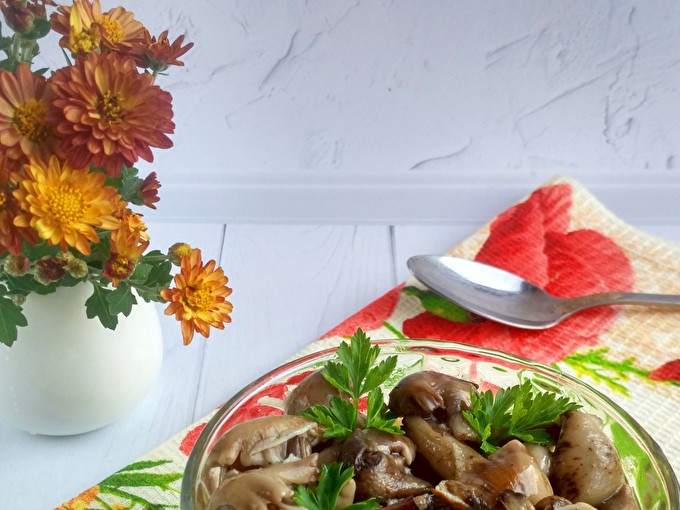 You may be interested in:
You may be interested in:Recipes and cooking features
Before eating, you should carefully process the mushrooms in the following sequence:
- Carefully sort through the mushrooms, cleaning them from leaves, needles.
- Thoroughly clean the hat and leg.
- Rinse each under running water, soak for several hours in case of severe contamination.
- Boil in water with the addition of vinegar until boiling and drain it.
- Refill with fresh water, add vinegar and onion and simmer for 20-30 minutes.
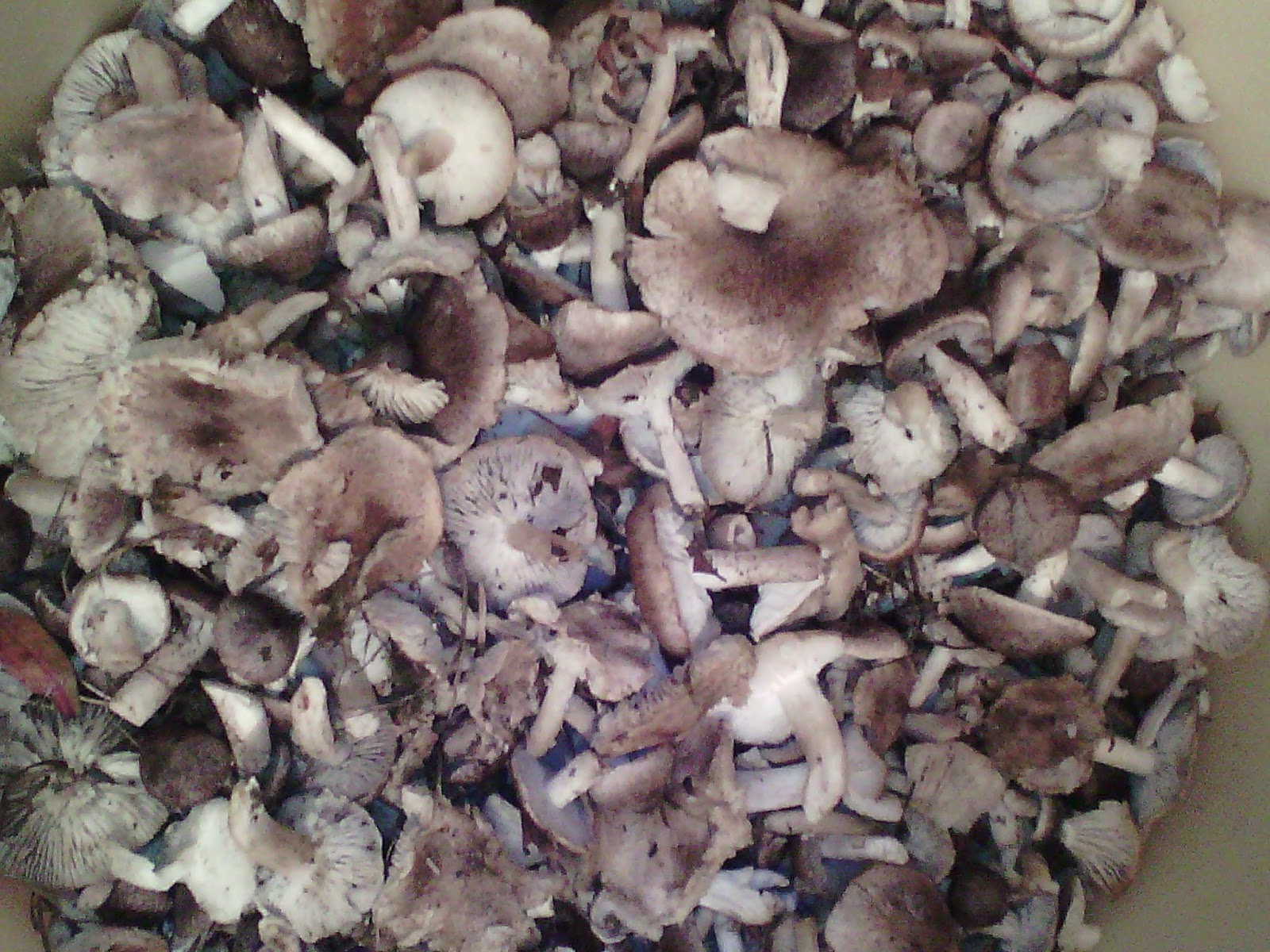
Only after this you can start cooking dishes from the ear-ring. In cooking, the use of sub-basal is quite common, and dishes from such a mushroom are fragrant and tasty.
Ryadovka gray in sour cream
Ingredients:
- mushrooms - 500 g;
- medium onion;
- vegetable oil - 2 tbsp. spoons;
- sour cream - 3 tbsp. spoons;
- salt, pepper to taste.
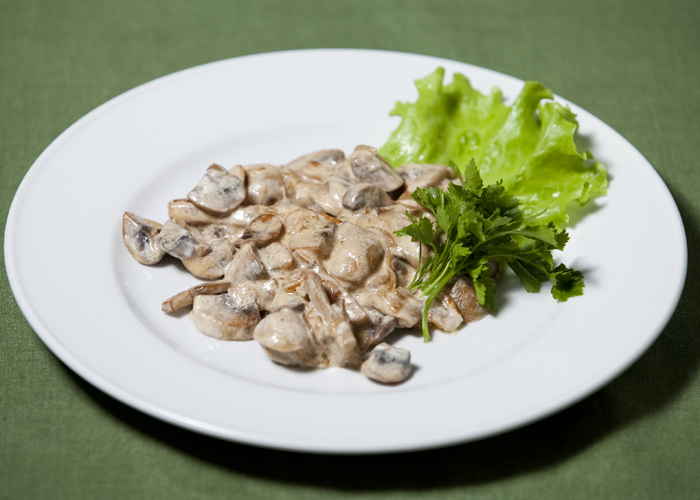
Order of preparation:
- Pre-boil in salted water for at least 20 minutes.
- Cut half the onion into small cubes and put on a heated frying pan with mushrooms.
- Simmer for 25-30 minutes on a low heat, so that the rowers let the juice.
- Grate the remaining onion and mix with sour cream.
- Pour the mixture into a pan and simmer for 10-20 minutes.
- Add salt and pepper to taste.
Salty rowing in a wooden tub
To pickle mushrooms, you will need 5 kg of rows and 300 g of salt. Cooking:
- Boil the earrings and drop them in a colander so that the liquid is completely gone.
- Spread evenly in a tub and sprinkle with salt on top.
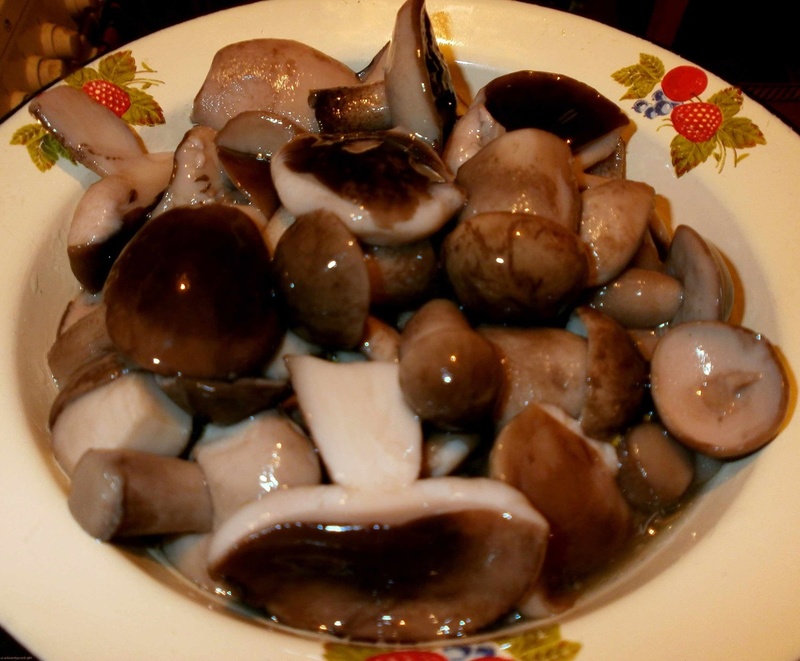
Salty Riddles - Cover with a wooden lid and install any oppression.
- Readiness will come in 7 days.
Answers to Common Questions
Even experienced mushroom pickers have a lot of questions about gray rows:
Among the variety of rows, gray is the most common edible species, which has pronounced species differences. Due to this, it is easy to identify and not confuse with false counterparts. Experienced mushroom pickers love it for its ease and speed of collection, as well as for taste. Seroshka is eaten in different forms.

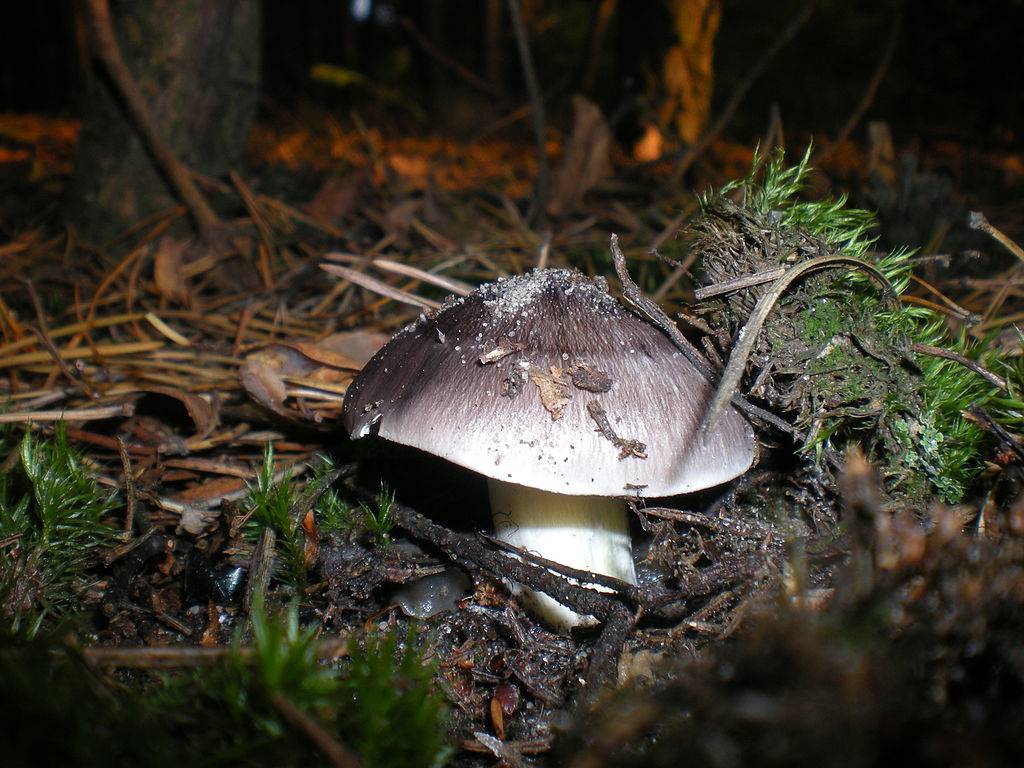
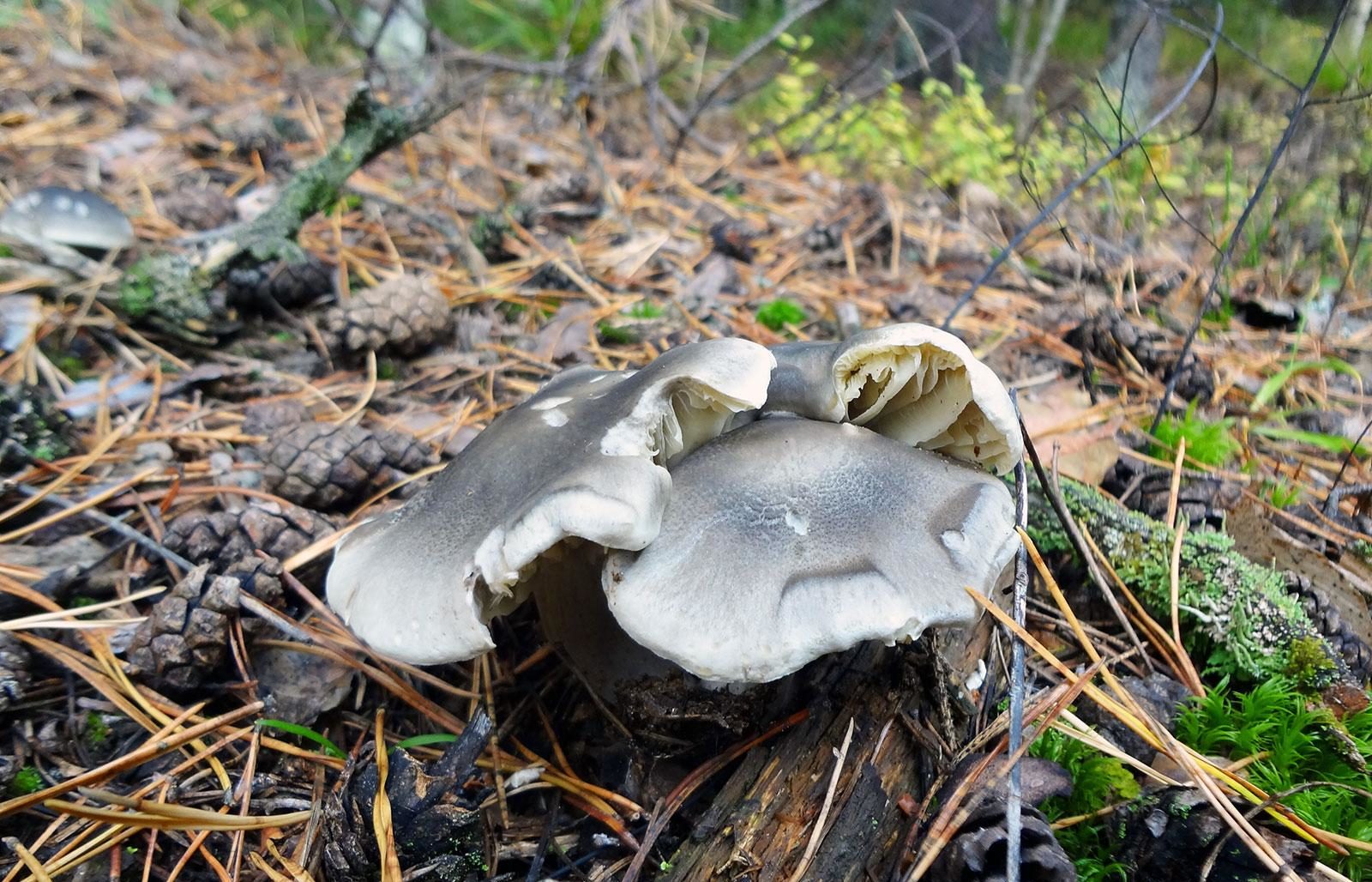
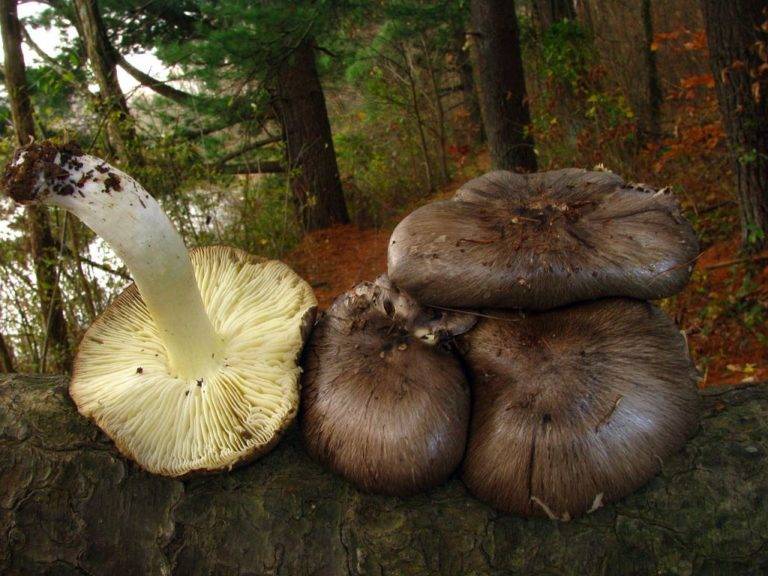
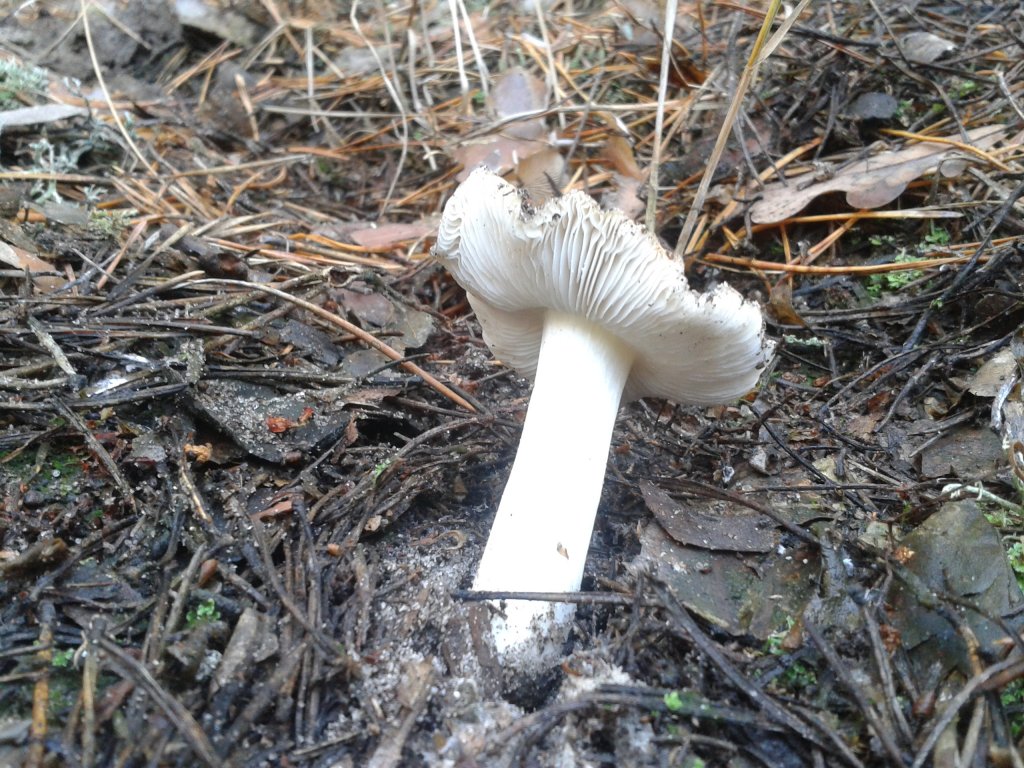
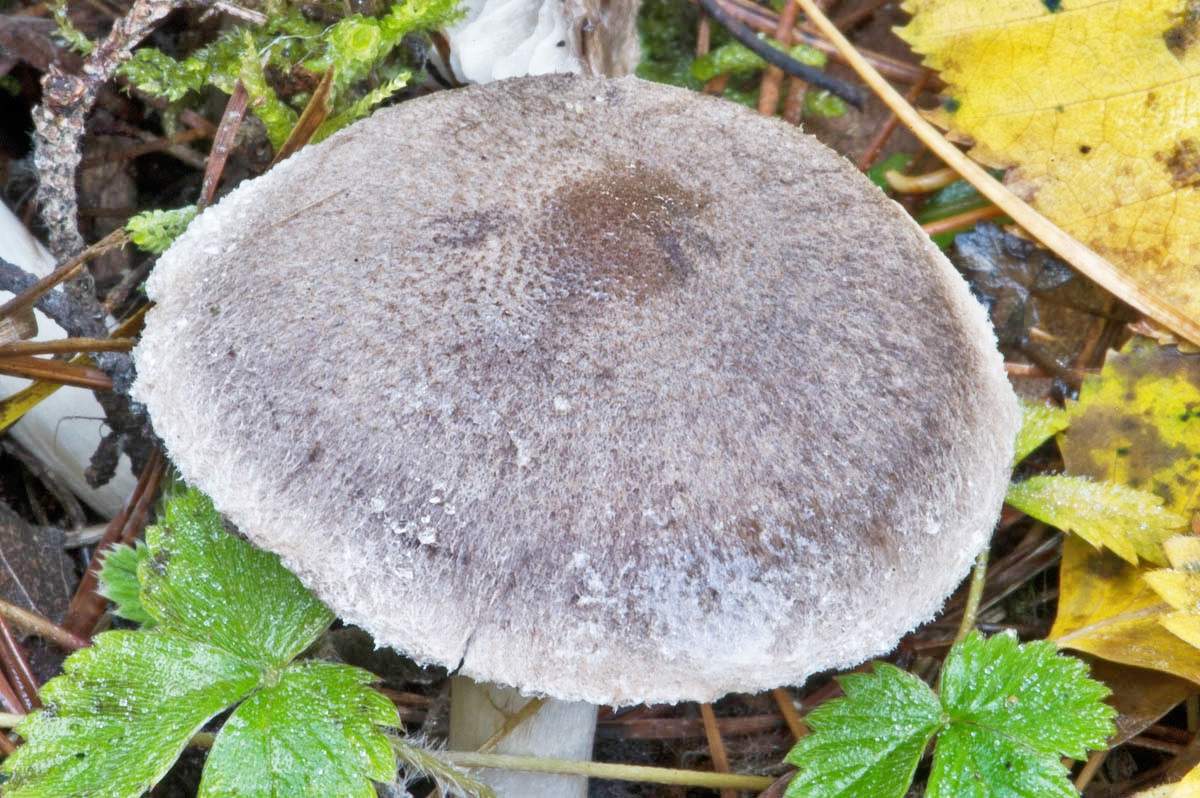
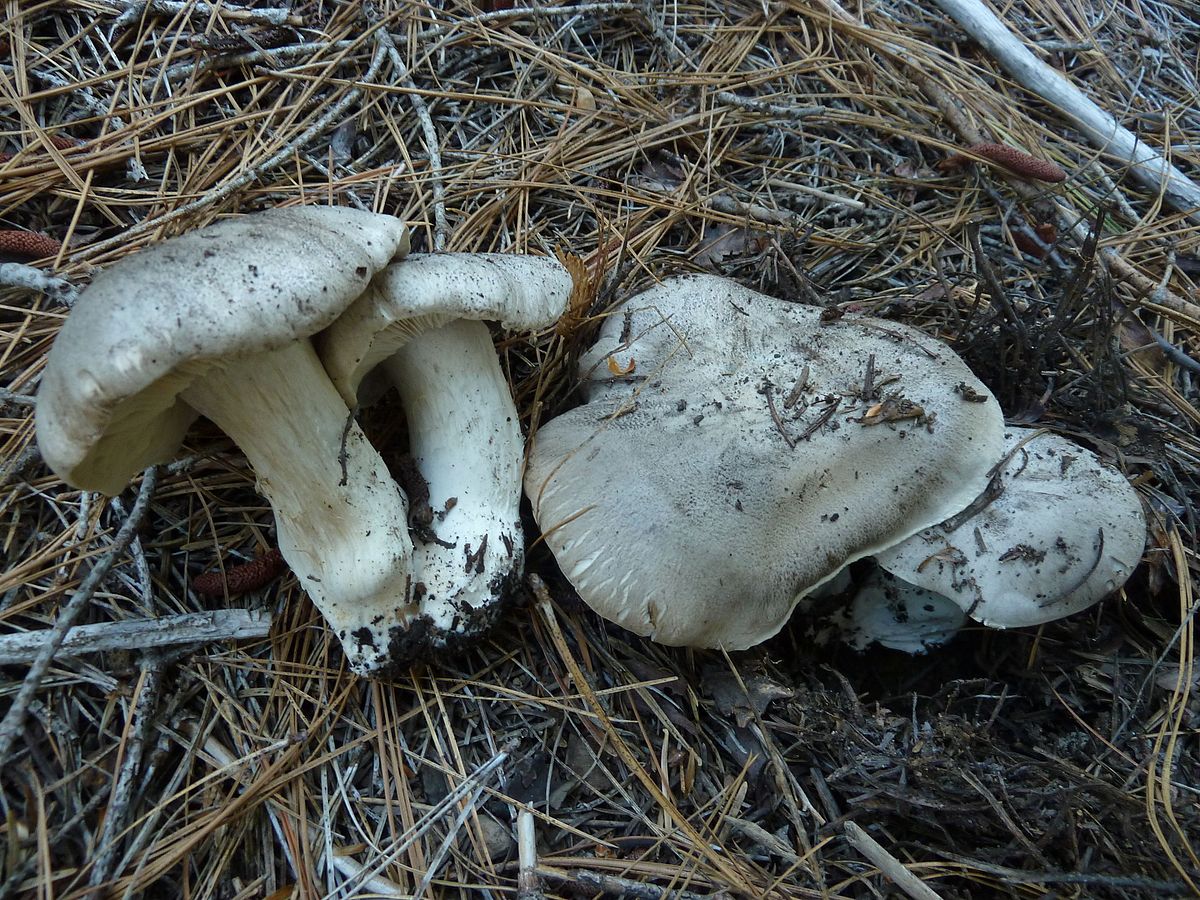

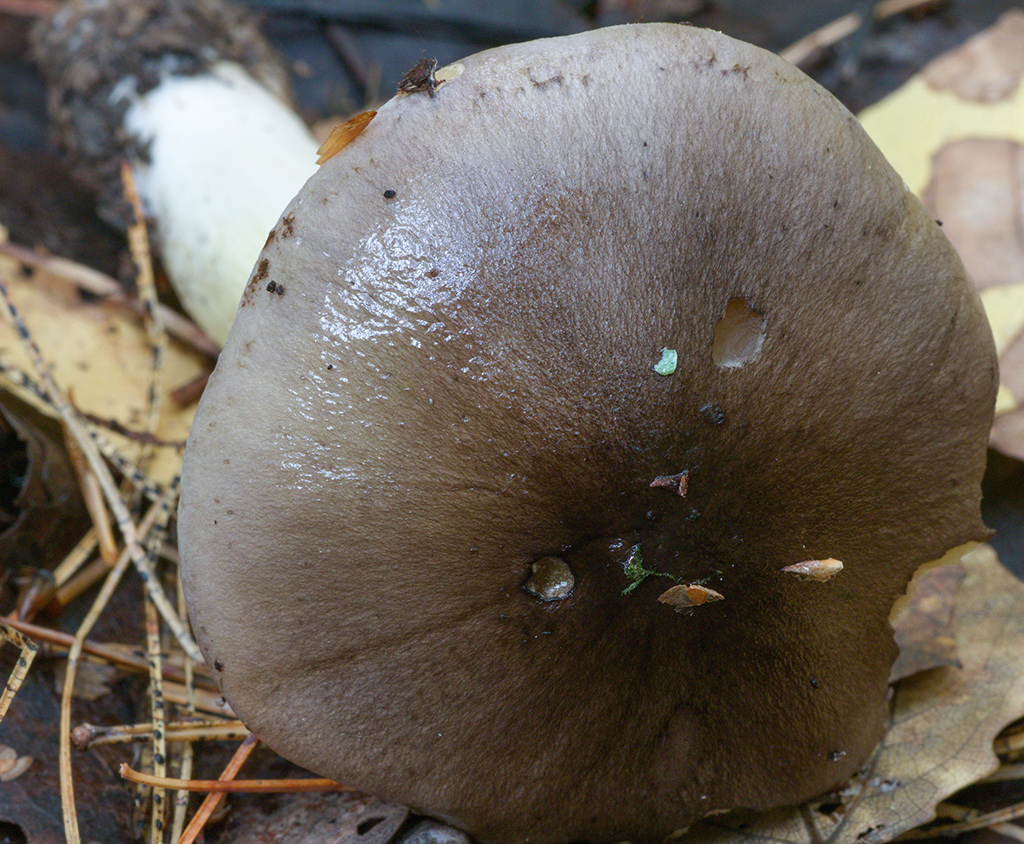
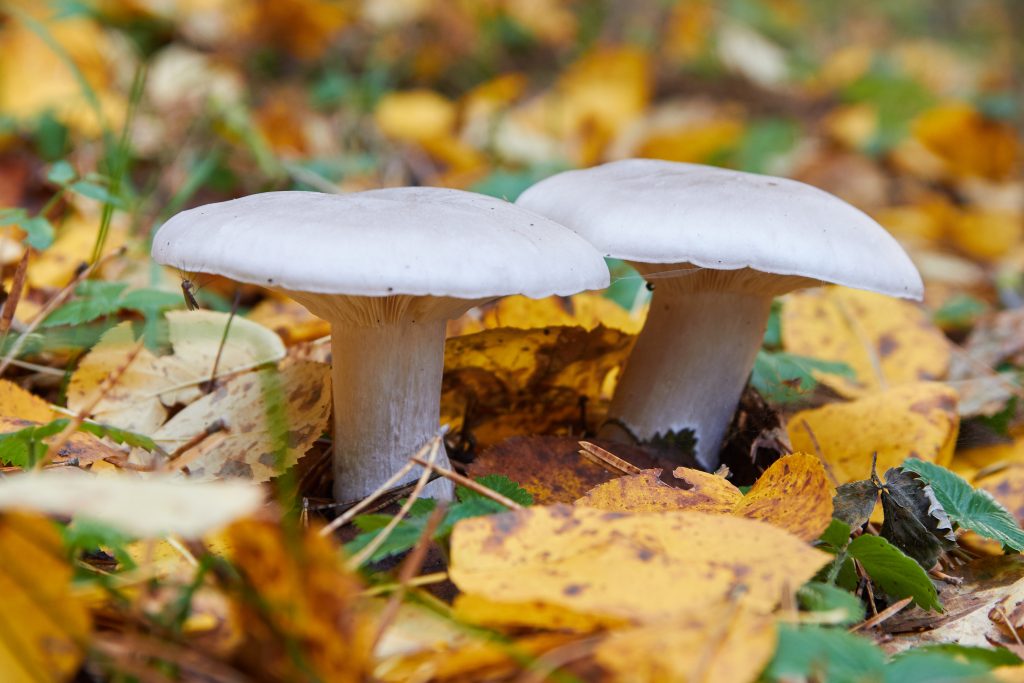
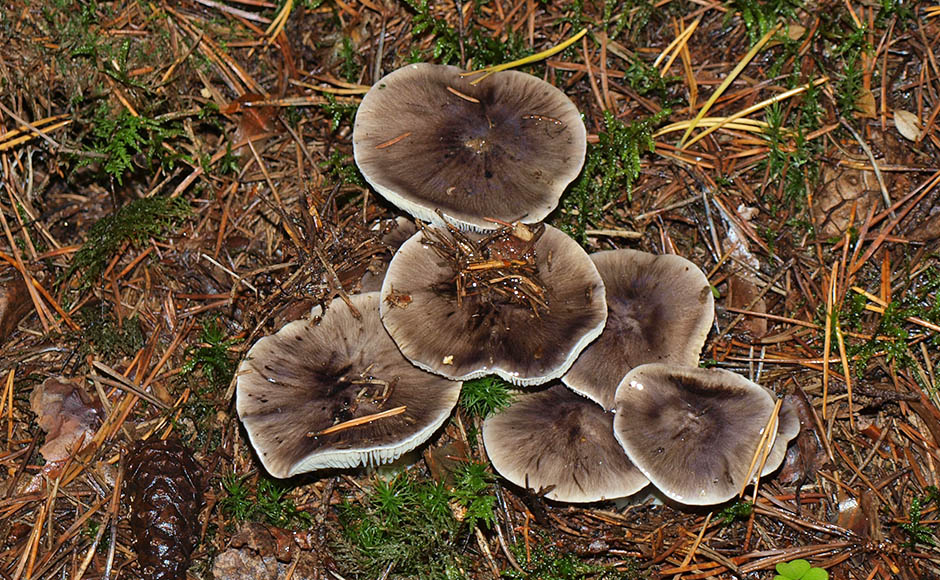
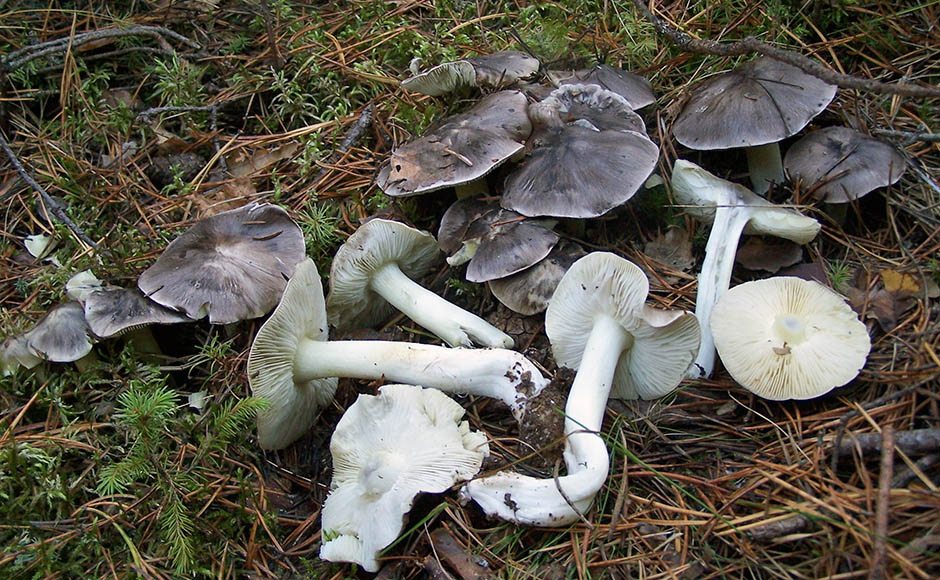
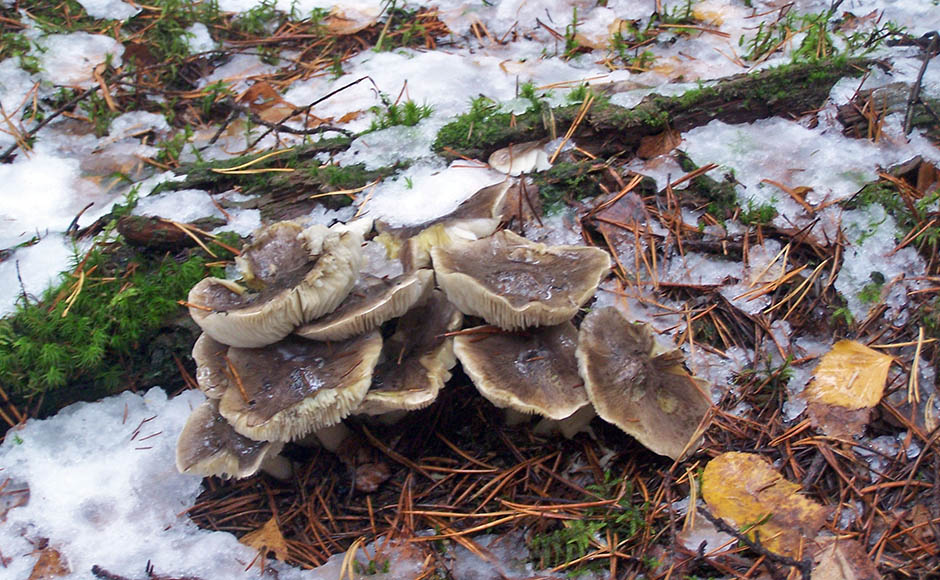



 Care and use of Kombucha at home (+22 photo)
Care and use of Kombucha at home (+22 photo) Edibility of the fungus of the motley umbrella and its description (+19 photo)
Edibility of the fungus of the motley umbrella and its description (+19 photo) Description of edible and inedible oils, their poisonous counterparts (+40 photos)
Description of edible and inedible oils, their poisonous counterparts (+40 photos) Useful properties of milk mushroom and its contraindications (+17 photos)
Useful properties of milk mushroom and its contraindications (+17 photos)
aek
“You may be interested” interferes strongly with viewing ... “-” to the author
VLAD
In our area, rowing, with salting, is associated with the taste of pork. And she's not blue.
Vladimir
With gray row, be careful, because there are a lot of relatives similar to her, and some have an unpleasant smell. Although gray rowovka smells quite sharply. And it grows very selectively, we still need to find places where she agreed to grow.